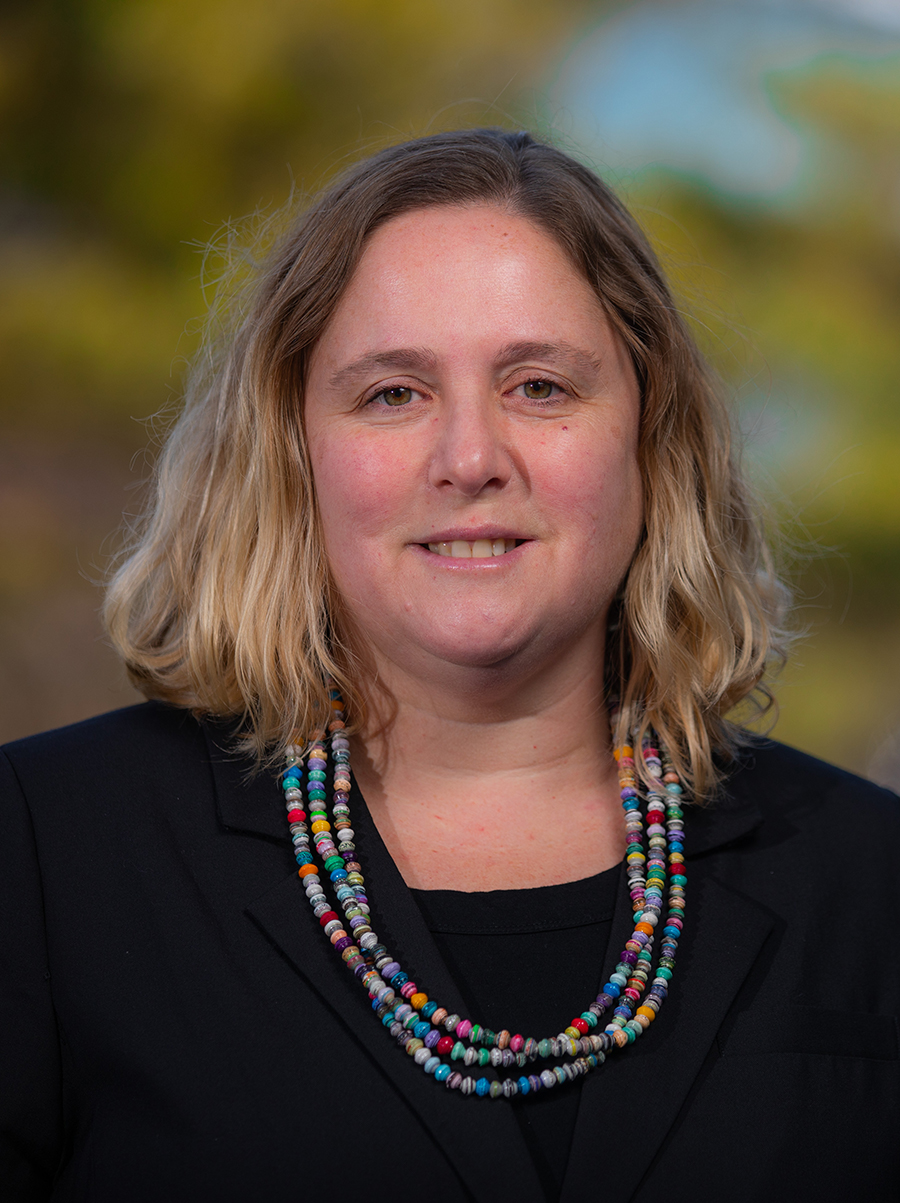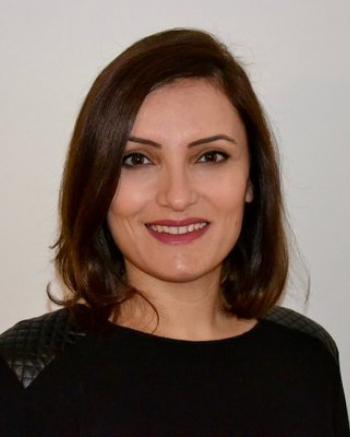Preparing the Next-Generation Rural Workforce Through Inclusive and Place-Based Smart and Connected STEM Educational Delivery Models
Contrary to trends in most rural communities, which are shrinking and aging, many rural Midwestern communities have experienced rapid population growth since the 1980s, as migrants and refugees have been moving there to meet growing labor demand in the agroindustrial sector such as meat and poultry processing. The school-aged residents of these growing Midwestern communities, who are primarily the U.S.-born children of low-skilled workers, represent a significant untapped population of future STEM workers and entrepreneurs who are growing up in, and want to stay in, rural America. There is a lack of research on workforce development in rural communities with large migrant and refugee populations. Thus, there is a critical need to study strategies to both train, and also keep, this skilled workforce local to rural communities where expanded employment opportunities (e.g., industries building state-of-the-art factories) can limit out-migration of technical and entrepreneurial talent. The goal of this planning grant is to pilot new Extended Reality (XR)-enabled STEM educational delivery models developed in collaboration with youth and adults in rural communities with large numbers of low-skilled workers. XR-enabled solutions can support active and experiential learning by enhancing hands-on activities, creating simulations of objects and experiences that may not be accessible in the physical world, and promoting learners' engagement with complex real-life problems.
The planning research consists of three main activities: 1) identify stakeholder needs and aspirations for new place-based educational curricula in STEM fields and entrepreneurship in partnership with the Storm Lake community via workshops, interviews, and focus groups; 2) use workshops to co-design (designing with as opposed to designing for) innovative XR-enabled technology delivery models to meet these needs; and 3) assess the outcomes of the pilot project via surveys. These activities will help address two research questions: 1) How can inclusive and place-based educational delivery models for rural workforce development benefit communities with large numbers of low-skilled workers? 2) Which XR-enabled smart and connected technology solutions will improve inclusive and place-based STEM educational delivery models in a rural community with a large number of low-skilled workers? This project is a partnership between Iowa State University, Iowa 4-H Youth Development, and the Storm Lake Community School District. The City of Storm Lake (pop. 10,600) was chosen as the site for these pilot activities because it is a rural Iowa community with a large low-skilled workforce employed in the agroindustrial sector and a K-12 student population that is 64% English Language Learners and 85% students of color. The results of the planning grant will yield new insights into the educational needs of rural communities, and the opportunities and barriers that place-based technologies can offer for supporting those educational needs, which is an underexplored area in the literature. Thus, this work is aligned with the Smart and Connected Communities program, which endeavors to integrate community stakeholders into smart and connected community projects to co-create and pilot solutions that are directly informed by the needs, challenges, and opportunities of present and future communities. This project is also being funded via the NSF Improving Undergraduate STEM Education Program, which seeks to support projects that have high potential for broader societal impacts, including improved diversity of students and instructors participating in STEM education, professional development for instructors to ensure adoption of new and effective pedagogical techniques that meet the changing needs of students, and projects that promote institutional partnerships for collaborative research and development.
-
Performance PeriodOctober 2021 - September 2023
-
Iowa State University
-
Award Number2125503
-
 Lead PIEliot Winer
Lead PIEliot Winer -
Co-PICaroline Westort
-
 Co-PIKimberly Zarecor
Co-PIKimberly Zarecor -
 Co-PIEvrim Baran
Co-PIEvrim Baran -
Co-PIAnindita Das
Project Material
- Advancing Career Aspirations in STEM Fields through Co-Design and XR- Enabled Educational Delivery Models
- Identifying STEM Community Assets Through Collaborative Cartography: A Co-Discovery Experience in a Rural Meatpacking Town
- 2022: Preparing the Next-Generation Rural Workforce Through Inclusive and Place-Based Smart and Connected STEM Educational Delivery Models
Dr. Eliot Winer is an Associate Director of the Virtual Reality Applications Center and Associate Professor of Mechanical Engineering at Iowa State University. He also has a courtesy appointment as an Associate Professor int the Electrical and Computer Engineering department at ISU. Dr. Winer has over 15 years of experience working in virtual reality and 3D computer graphics technologies. He has developed interactive real-time volume visualization methods for medical images allowing non-radiologists to read and understand data obtained from MRI and CT scans. These methods were implemented on various platforms including the desktop, immersive CAVE, and mobile tablet platforms. His current research focus in medical imaging is to develop suitable methods for 3D visualization of functional MRI data.